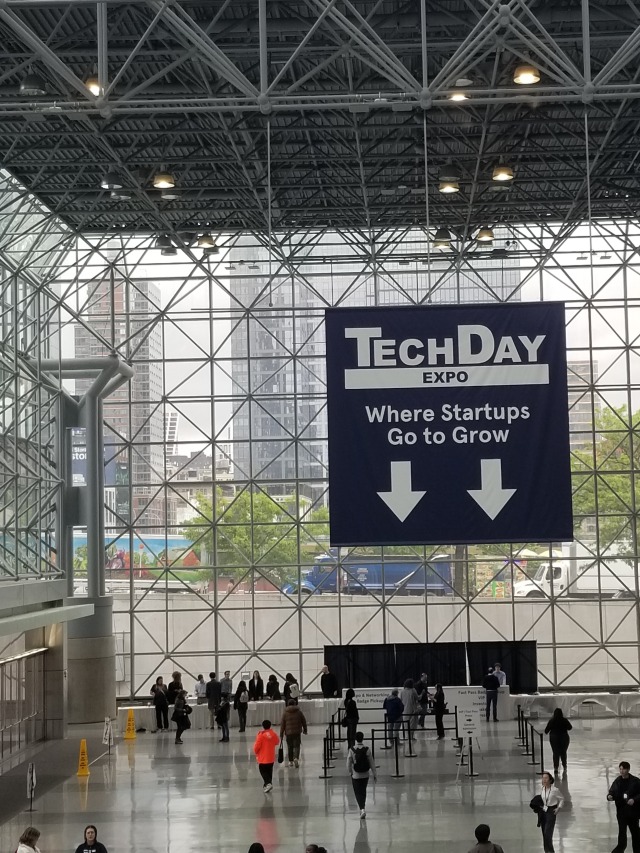Seth Godin’s This is Marketing: What it Means for Business

Seth Godin’s new book This is Marketing sums up the lessons of his previous books.
In the past Marketing was Advertising. Many Brands and businesses used to buy ads to interrupt prospects in the hope that people would buy. However, with so many media channels, the advertising of yesterday has lost its effect.
What this means for Marketers is that they need to build trust, engagement, community and earn permission to contact prospects and customers. With the ever-increasing privacy legislation such as GDPR, Marketers will pay a high price for SPAM.
Also, today there are many micro-markets of products and services as opposed to one mass-market. Frequency has surpassed reach in terms of effectiveness. Marketers need to tell a compelling story that resonates with the people they seek to serve.
Marketers need to improve their knowledge of customers to enhance the customer experience and engagement. Brands need to have conversations with customers as opposed to talking at them.

Ideas that jumped out at me while reading and listening to the book
Seth dissects Marketing, showing the reader that today’s successful marketer is generous and gives value to the customer as opposed to stealing their attention.
Chapter 19, the chapter on funnels is very interesting because it shows how to look at the funnel in a new way.
Seth explains how to shorten the sales cycle by making it easier for prospects to engage and purchase a product.
He demonstrates how to do funnel math to see if and when marketers should advertise using paid ads along with how to know if ads will pay for themselves.
In this chapter, Seth shows how marketers should focus on serving micro-markets as opposed to the mass market.
This idea is illustrated in Jeff Moore’s book Crossing the Chasm. Seth takes this concept, and explains how to move a product from micro-markets to the mass market but surprises the reader by demonstrating that marketers can be successful by catering to a micro-market.
Seth illustrates this in the long tail concept where he shows that hits are exceptions to the rule. Instead he shows that selling a lot of different products to different people is the way that most marketers will find success today and in the future.
What is next in Marketing? Comment and share.
Bonus Content
I have had the pleasure of meeting Seth on two occasions. Here are videos and pictures of the talks.
https://dangalante.me/2018/10/06/8-takeaways-from-advertising-week-2018/
https://dangalante.me/2018/11/20/key-insights-from-the-world-business-forum/





